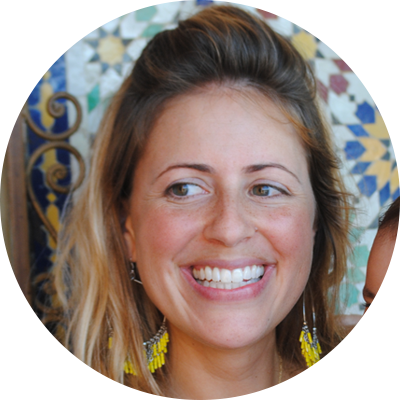A genius set of Japanese architects are taking childhood school environments very seriously with a series of landmark designs that are aimed at cultivating inspiring educational settings. The possibility for kids to enjoy flexibility and space initiated the idea of one-room schools in Japan - crafting blueprints that are more in tune with the needs of children. Although Tokyo has boasted open-plan school plans since the 1970s, and they are no strangers to the benefits of the conceptual spaces built on the premise that education for children must inspire curiosity, both in learning and in environment, various new and modern designs have recently been constructed with similar values in mind.
One such school, Fuji Kindergarten in western Tokyo, was named one of the most exemplary educational facilities in the world by the Organisation for Economic Co-operation and Development. Designed by the husband and wife team at the helm of Tezuka Architects, the circular, one story, 750-student preschool features an open air central courtyard and a donut-shaped roof, with interior classrooms entirely void of closed off walls. Each design decision was made with kids’ thoughts, emotions, actions and development in mind - including free reign to run, invent imaginary scenes and games, and play off of sound, sites and interaction. Fuji is a place where noise is a necessity to healthy development, skylights were included in the design for peek-a-boo moments between peers, anything can be considered a toy, and the principal of the school believes children know their own limits and can voice them accordingly.
On top of that, the space was designed in accordance with its natural environment, so the native Zelkova trees were literally built into aspects of the design - creating areas for kids to climb in safe enclosures or utilized as shade in various play capacities. Such functional, age-appropriate and thoughtful architecture has the potential to change the future of education and societal norms and such specialized purposes for today's children will have a significant influence on future generations, hopefully with these designs becoming models for future schools around the world.
YOU MIGHT ALSO LIKE:
Public Schools in Baltimore Choose Meditation Over Detention
5 Nontraditional Schools Challenging Educational Norms
10 Free Education Websites that Will Expand Your Horizons
Tokyo-Based Schools Take Playgrounds to Inspiring New Levels
These Japanese architects are crafting spaces for children’s unique needs.
Oct 11, 2016
Tokyo-Based Schools Take Playgrounds to Inspiring New Levels |
These Japanese architects are crafting spaces for children’s unique needs.

ELIANNA BAR-EL,
CONTRIBUTOR
Elianna has a background in English literature and psychology and works as an editor and freelance wardrobe stylist. She writes on travel, fashion, food and inspiring people.






